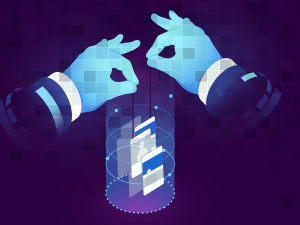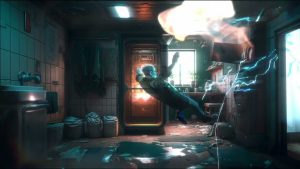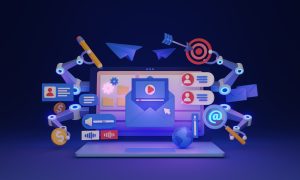The world of artificial intelligence has seen remarkable advancements, but one of the most fascinating developments is AI-generated art. The first AI generated image marked a pivotal moment in history, showing that machines could create visuals beyond human imagination. From early experiments to today’s hyper-realistic AI art, this technology has transformed creative industries. This article explores the origins of AI-generated images, how they evolved, and their impact on modern creativity.
The Origins of AI-Generated Images
Early Experiments in AI Art
AI-generated imagery has roots in early computational creativity. While artificial intelligence had been used for text and calculations, researchers started exploring whether it could generate visual content.
One of the first significant breakthroughs happened in the 1970s when computer scientists experimented with algorithmic art, using rule-based systems to Create Ai Images Free images. However, these were not true AI-generated images, as they followed strict programming rather than independent decision-making.
If you’re interested, check out:
The First True AI Image Generation
The first AI generated image as we understand it today was created using a neural network trained to recognize and replicate artistic styles. The introduction of Generative Adversarial Networks (GANs) in 2014 by Ian Goodfellow and his team enabled AI to generate images that looked remarkably realistic.
In this system, two neural networks—a generator and a discriminator—work together to create and refine images. The generator produces images, while the discriminator evaluates them for authenticity. Over time, the AI improves, eventually generating visuals indistinguishable from human-made art.
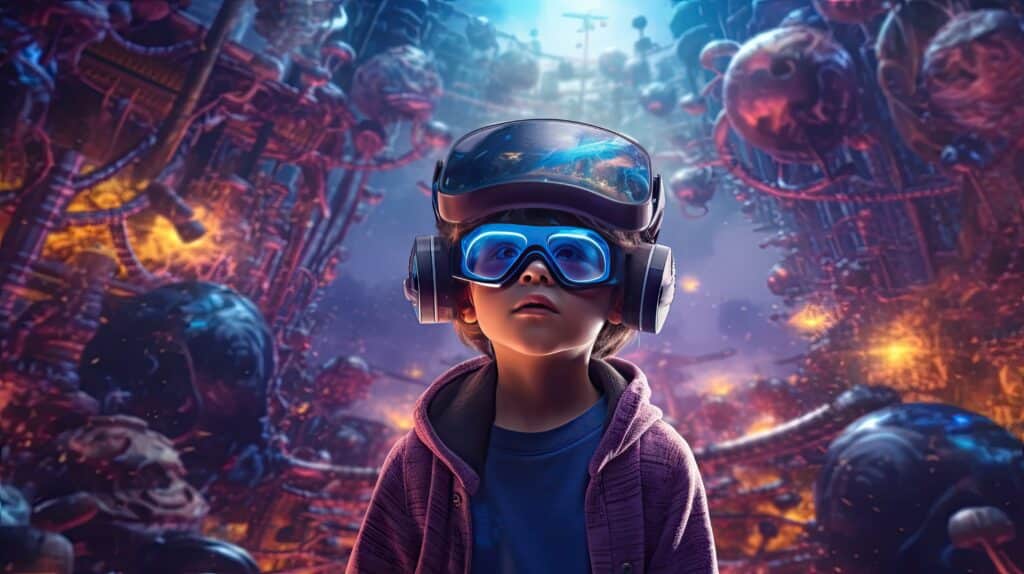
The Role of Deep Learning in AI Art
Deep learning played a critical role in advancing AI-generated imagery. As datasets grew and computational power increased, AI systems learned to create detailed, unique images with minimal human input. This progress led to tools like Dall-E Generate, which can produce high-quality AI-generated images instantly.
Milestones in AI-Generated Art
DeepDream: Google’s AI Vision Experiment
In 2015, Google introduced DeepDream, an AI system that enhanced and manipulated images based on neural network analysis. It became famous for its surreal, dreamlike visuals, showcasing how AI could create abstract art autonomously.
This topic might be useful for you:
- How To Make A Picture Talk With Ai
- How To Make An Ai Linkedin Profile Picture
- How To Not Get Ai Images On Google
GANs and the Rise of AI-Generated Portraits
The introduction of GANs revolutionized AI-generated art. In 2018, the first AI-generated portrait, “Edmond de Belamy,” was auctioned at Christie’s for $432,500. Created by the AI model Obvious, this artwork demonstrated the commercial potential of AI-generated imagery.
Dall-E: A New Era of AI Image Generation
In 2021, OpenAI introduced DALL·E, an AI model designed to generate images from text descriptions. This marked a major leap in AI art, as users could create unique, high-quality visuals simply by inputting prompts. Today, Dall-E Generate continues this innovation, allowing anyone to create stunning AI-generated artwork.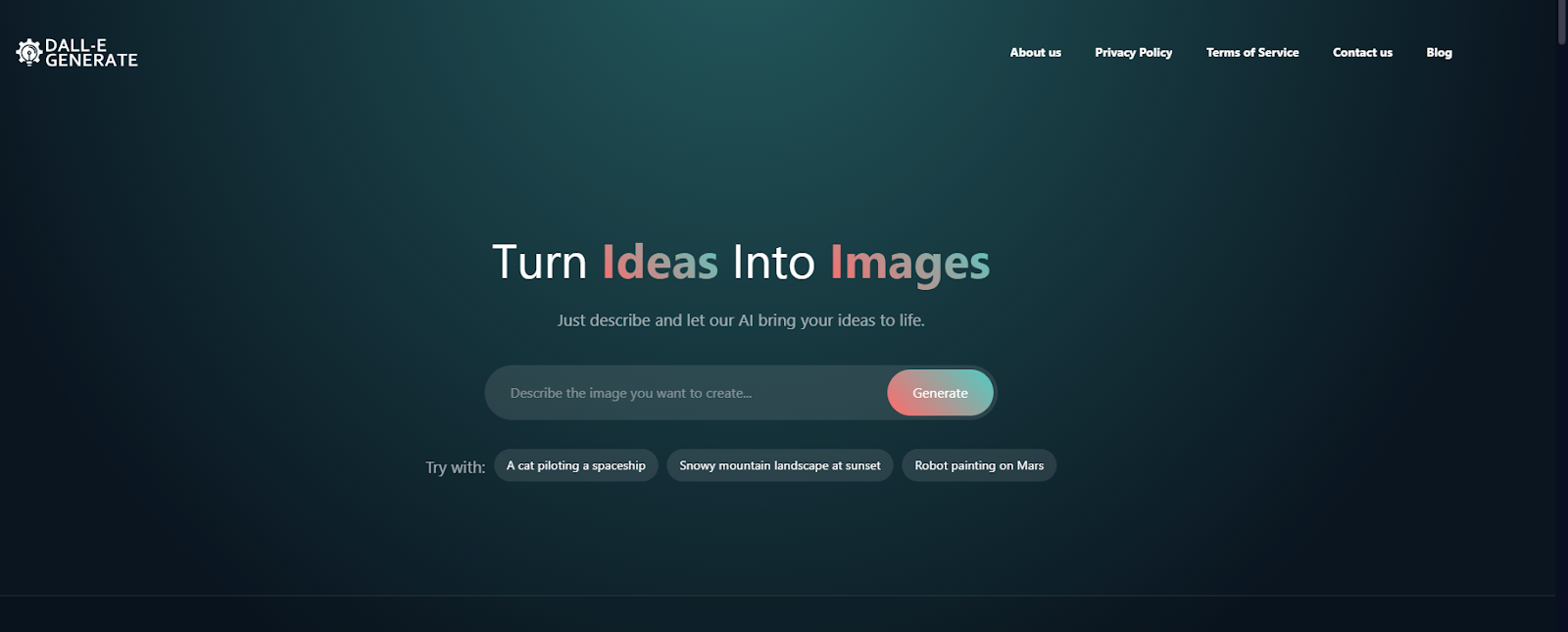
How AI Image Generation Works
Training AI to Create Images
AI image generators are trained on massive datasets of images and artwork. These models analyze patterns, styles, and compositions, enabling them to produce new visuals based on learned data.
The Role of Algorithms in Image Generation
Different algorithms contribute to AI-generated imagery, including:
- GANs (Generative Adversarial Networks): Used in most AI-generated art, allowing AI to refine its creations through continuous feedback.
- Diffusion Models: Used in tools like Dall-E Generate, these models generate images by progressively refining noise into a coherent visual.
- Transformers: The same technology used in AI language models helps improve image generation by understanding textual prompts more effectively.
Applications of AI-Generated Images
Art and Creativity
AI has become a tool for digital artists, enabling them to create unique compositions, experiment with styles, and generate entirely new art forms.
Don’t miss this guide:
- Generate Image View From Different Angle Using Ai
- How To Block Ai Images On Google
- How To Ask Ai To Make Pictures
- How To Create Ai Images In Canva
Marketing and Advertising
Businesses leverage AI-generated visuals for ad campaigns, branding, and social media content, reducing the need for expensive photoshoots and graphic design.
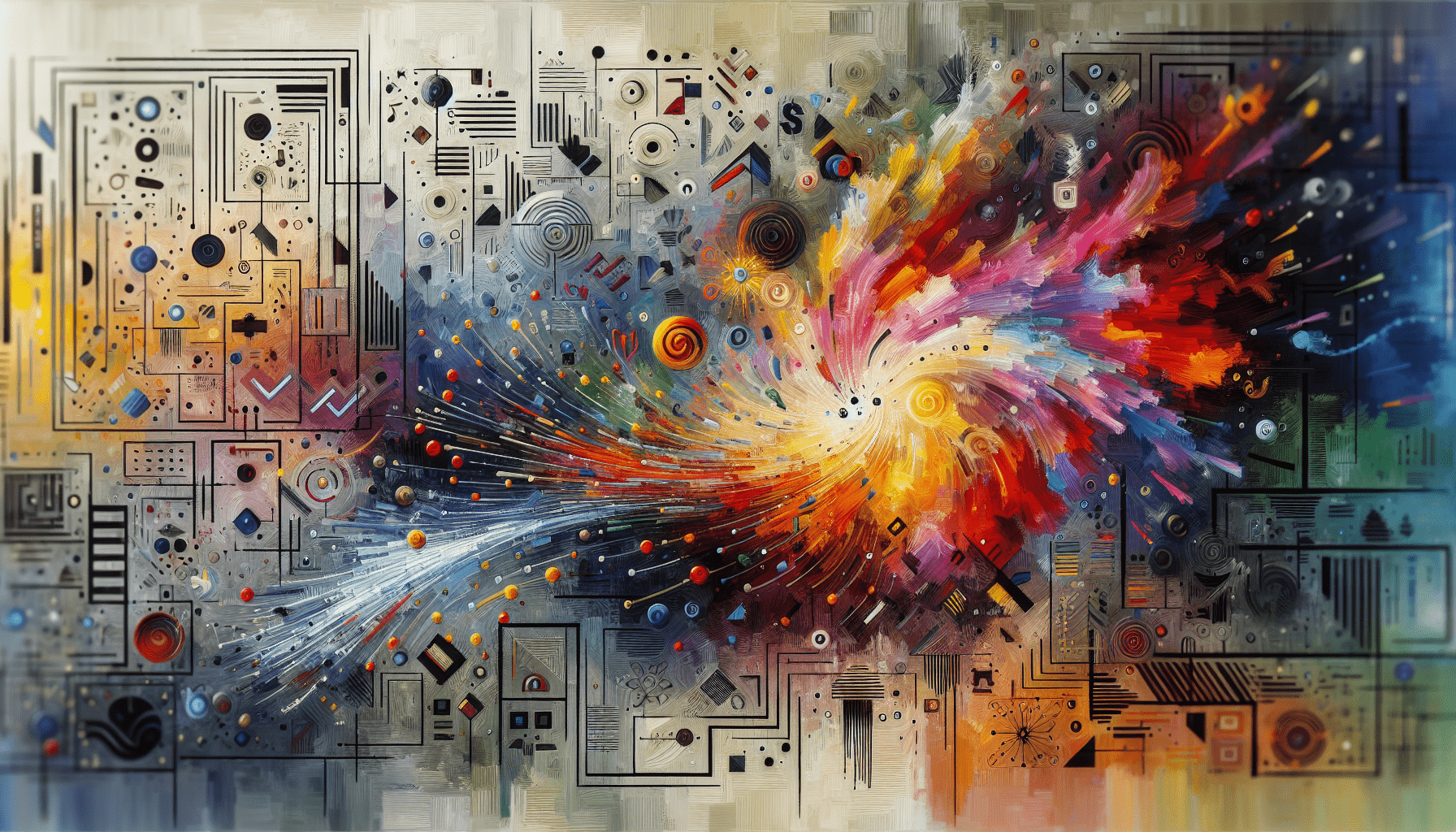
Game Design and Animation
AI image generators assist game developers by creating realistic textures, characters, and backgrounds in a fraction of the time traditional methods require.
Medical and Scientific Visualization
AI-generated images help in medical imaging, data visualization, and simulations, making it easier for researchers to interpret complex information.
Challenges and Ethical Considerations
Copyright Issues
One major concern with AI-generated imagery is copyright ownership. If an AI creates an image based on existing data, who owns the rights? Many legal systems are still defining how AI-generated content should be regulated.
Bias in AI Image Generation
AI models learn from existing datasets, which may contain biases. This can lead to stereotypical or inaccurate representations, making it essential to refine AI models for fairness and inclusivity.
Misinformation and Deepfakes
The ability to create realistic AI-generated images raises concerns about misinformation. Deepfake technology, powered by AI, can manipulate images to deceive audiences, highlighting the need for ethical AI use.
Comparing AI Image Generators
| AI Tool | Technology Used | Key Feature | Best For |
| Dall-E Generate | Diffusion Models | Text-to-image generation | High-quality creative visuals |
| DeepDream | Neural Networks | Dreamlike, abstract art | Experimental AI art |
| Runway ML | GANs & Transformers | Real-time AI video & image generation | Filmmaking & digital art |
| Artbreeder | GANs | AI-assisted image blending | Portrait & character design |
The Future of AI-Generated Images
More Advanced AI Models
As AI technology advances, future models will produce even more realistic, high-resolution images with greater artistic control.
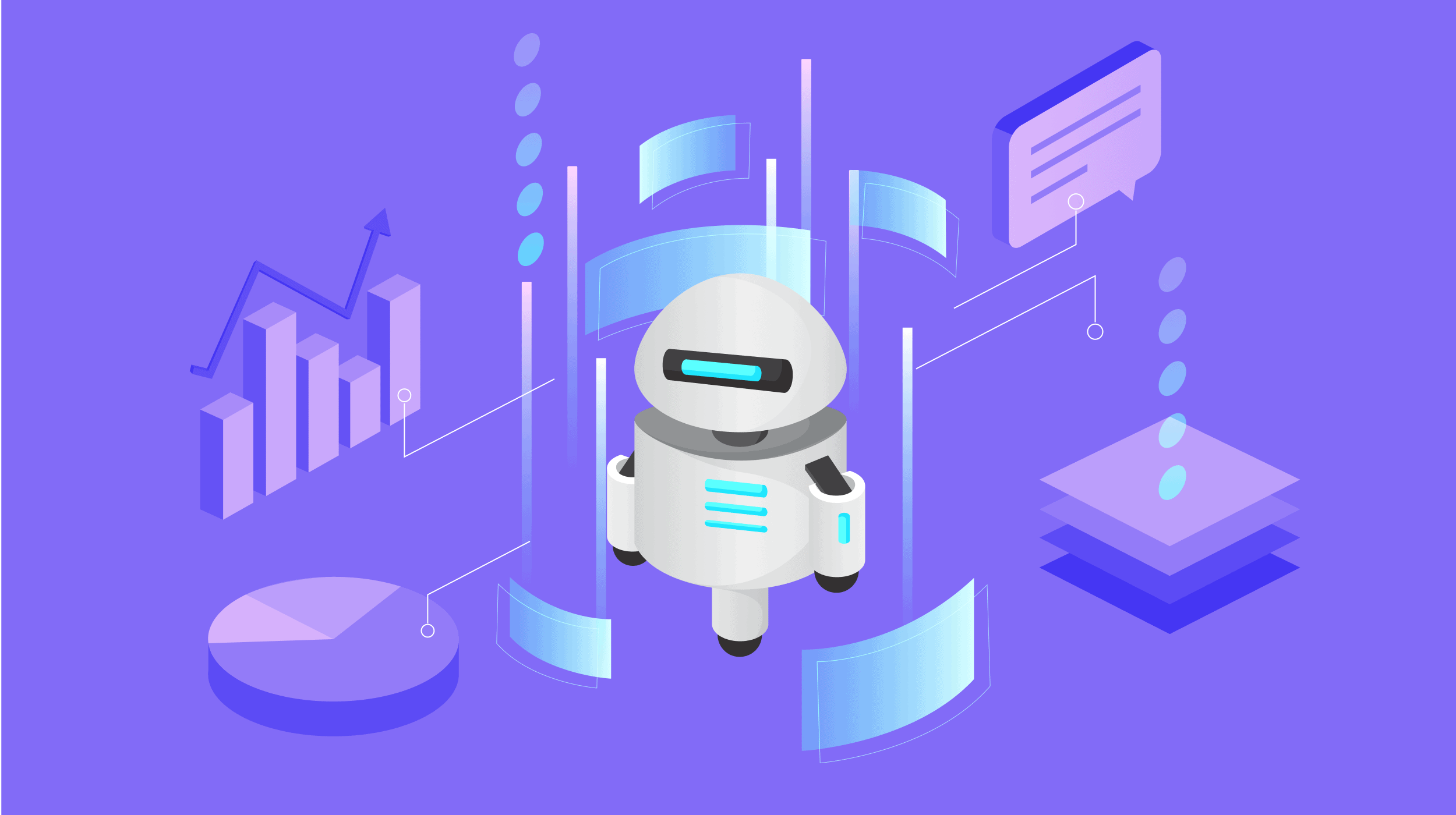
AI-Powered Creativity Tools
Future AI tools will integrate directly into design software, social media platforms, and virtual reality systems, making AI-generated art even more accessible.
Ethical AI Development
With growing concerns about copyright, bias, and deepfakes, future AI models will likely incorporate ethical safeguards to ensure responsible use.
Frequently Asked Questions
What was the first AI-generated image?
The first AI-generated image was an experimental computer-generated artwork from early machine learning systems. However, true AI-generated art as we know it today began with GAN-based models in 2014.
How does AI generate images?
AI uses deep learning and neural networks to analyze patterns and generate new visuals based on input data. Advanced models like Ai Image Generator Dall E can create high-quality AI art from text descriptions.
Can AI-generated images be used commercially?
Yes, but it depends on the terms of the AI tool. Some platforms allow commercial use, while others impose restrictions. Always check licensing before using AI-generated content for business purposes.
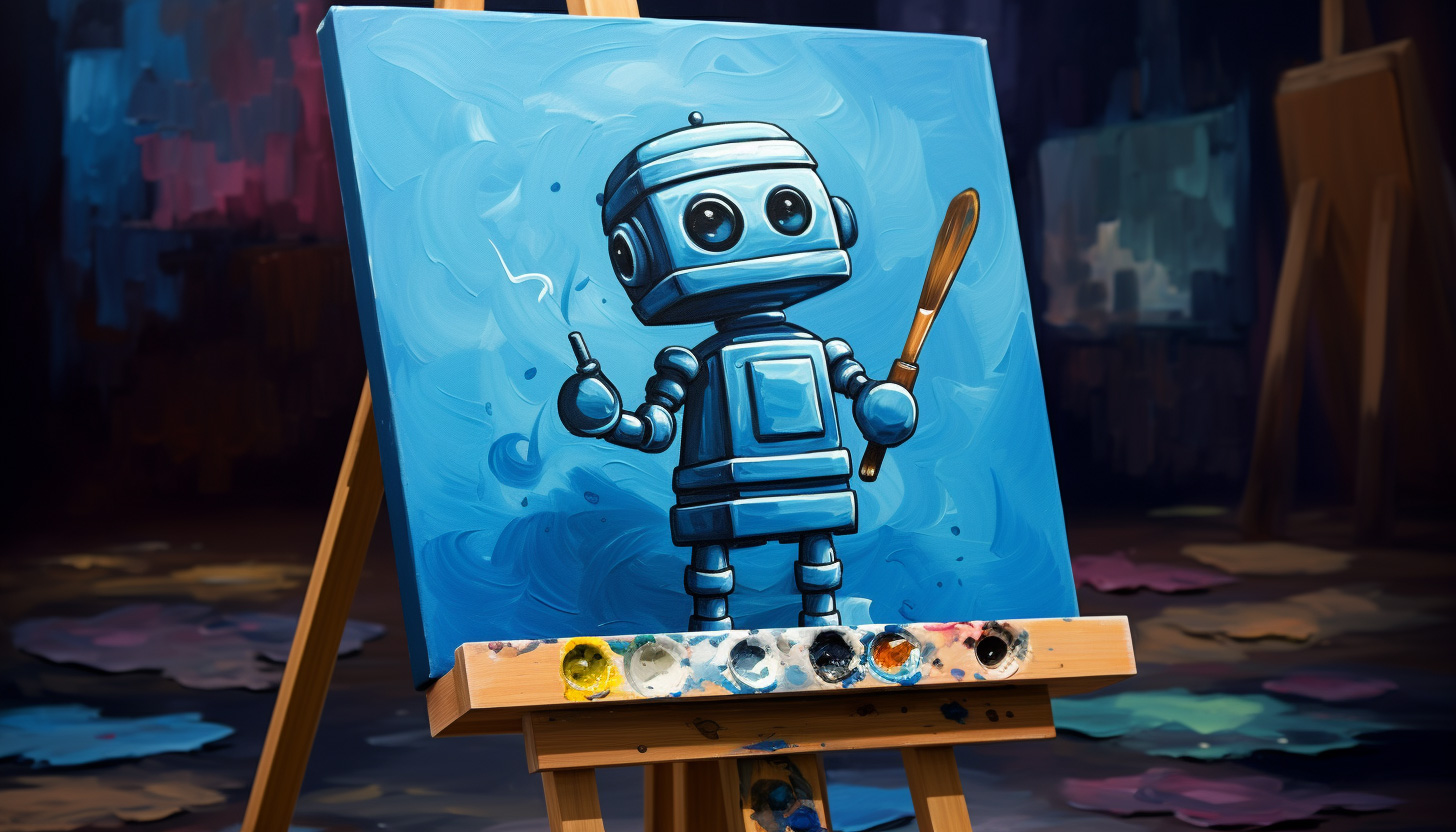
Are AI-generated images considered real art?
AI-generated images challenge traditional definitions of art. While AI can create aesthetically pleasing visuals, the debate continues over whether it should be classified as “real” artistic expression.
Conclusion
The first AI generated image marked the beginning of a technological revolution in art and creativity. From early experiments to the latest advancements in Dall-E Generate, AI has redefined how we create and interact with images. As AI models continue to evolve, the possibilities for AI-generated visuals will only expand, shaping the future of digital artistry and design.
